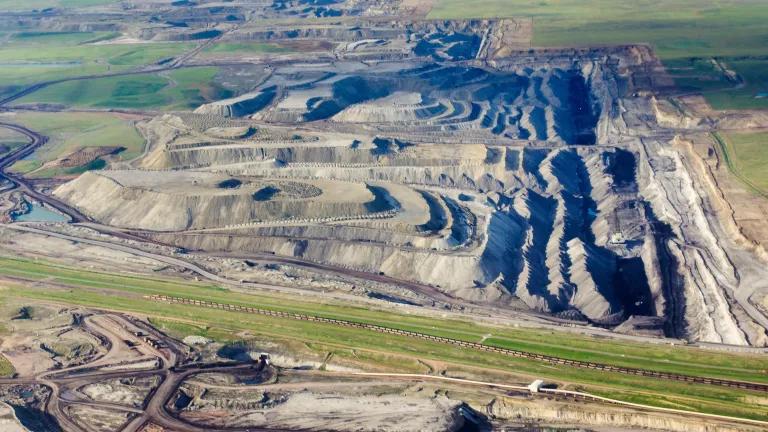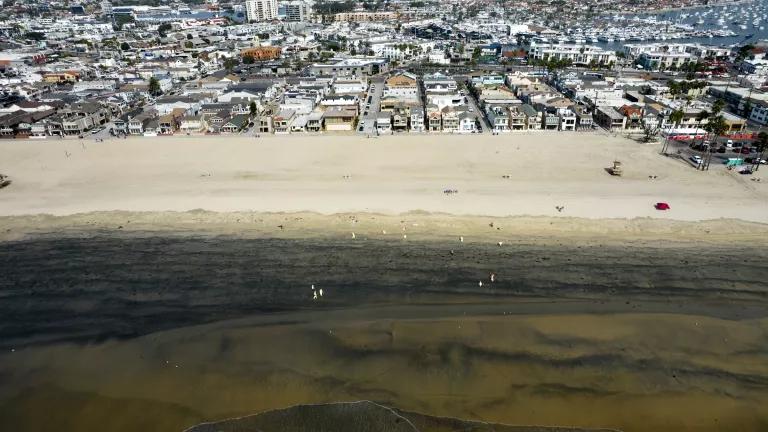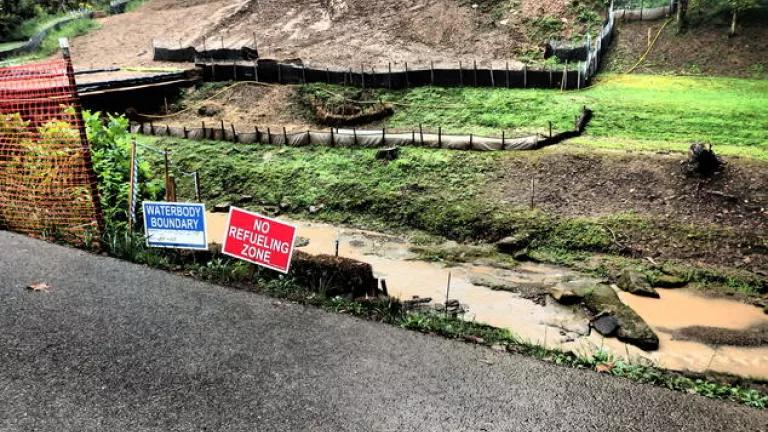
On Friday, the Wall Street Journal tackled the issue of state regulators taking steps to keep taxpayers off the hook for billions of dollars in environmental cleanup costs accrued by coal companies facing bankruptcy. This important topic was highlighted by a recent report, "Undermined Promise II," released last month by NRDC, Western Organization of Research Councils (WORC), and the National Wildlife Federation (NWF).
Our report raised the profile of the $3 billion threat to taxpayers from self-insured coal companies potentially walking away from cleanup and reclamation obligations. Our research found that the reclamation bonds that coal companies are required to post under federal law may outstrip the industry's financial resources. If mining lands are not returned to their original state, Western communities, landscapes, agricultural lands, water, and wildlife habitat will be left permanently damaged.
As once formidable coal companies like Alpha Natural Resources have seen stock prices drop from more than $100 to less than 25 cents per share, state regulators in coal-friendly states like Wyoming and West Virginia have taken unprecedented steps to confirm that owners of coal mines can pay cleanup costs once mining is complete. Wyoming has given Alpha until late August to prove it can meet its $411 million bond to clean up its operations in the Powder River Basin. West Virginia is evaluating Alpha's financial situation; in the meantime, according to the article, the state has suspended the self-bonding option for other mines operating in the state.
Out of a total of 450 square miles of mined land across Wyoming, Montana and North Dakota, only 46 square miles have been reclaimed, spurring concerns that taxpayers will be stuck with a cleanup bill of roughly $2 billion in Wyoming alone. Overall, the tab on unreclaimed mined lands in the U.S. is in excess of $3.5 billon.
For more information, check out my previous blog post and the full report.


